Nanotechnology possesses great potential to overcome shortcomings of existing strategies for safe and effective retinal drug delivery.


Nanotechnology possesses great potential to overcome shortcomings of existing strategies for safe and effective retinal drug delivery.
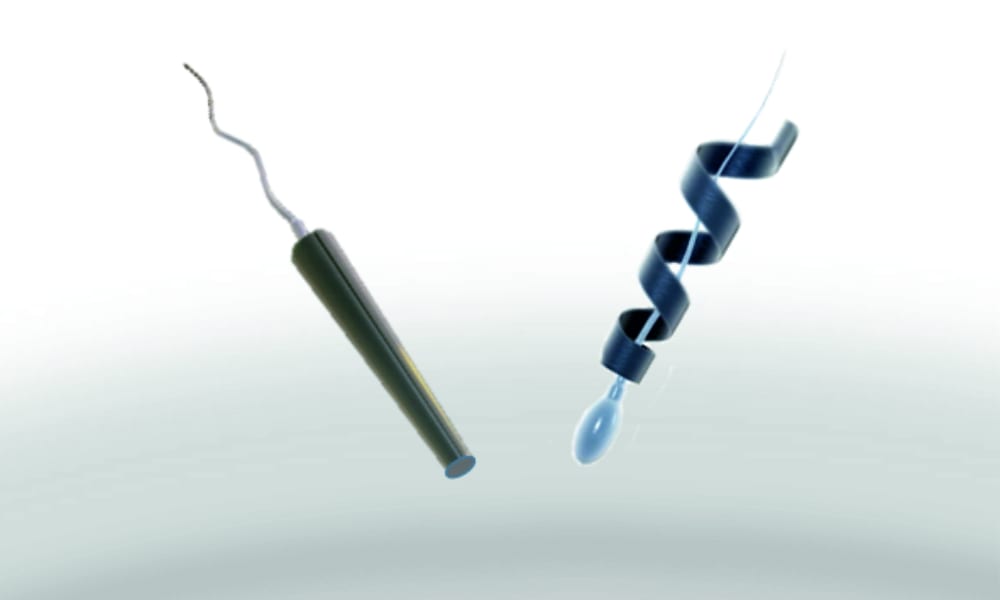
Sperm cells are attractive as propulsion sources or as functional components in robotic microswimmers to realize complex tasks in the body.
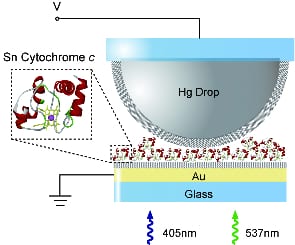
Sn-cytochrome c (cyt c) protein layers can be used as efficient photodetectors when integrated into large-area solid-state junctions.
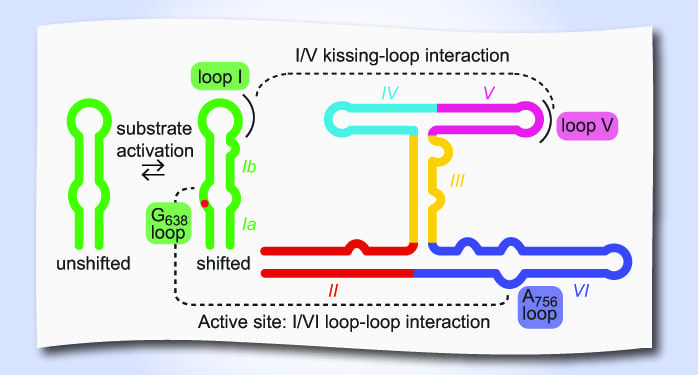
Do not expect RNA to sit still. Although structural investigations typically illustrate a single, more or less static picture of an RNA, most RNAs most undergo conformational changes to exert their cellular function.
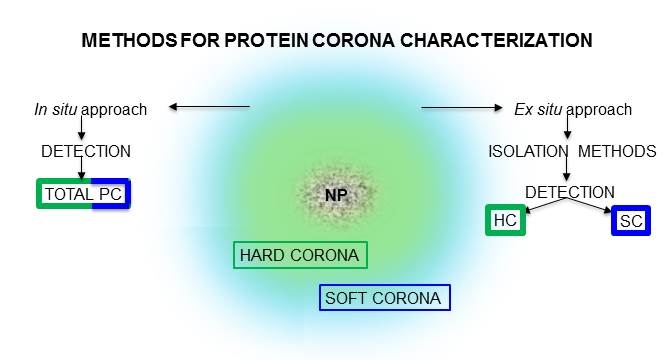
The application and the clinical development of nanomedicines strongly requires a deep study on the complex dynamics that happen after in vivo administration. Particularly, plasma proteins tend to associate to nanoparticles, forming a new surface named the “protein corona” that can have a strong impact on biodistribution, targeting efficacy, and toxicity.

TopoWellPlate, a 96-well plate based material topography library, enables mechanistic studies on cell-material interactions using standard molecular methods.
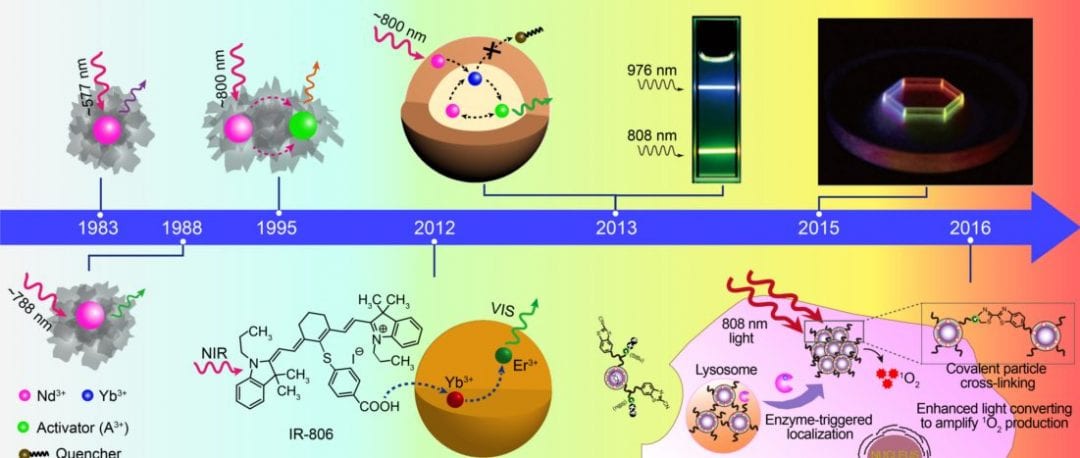
Current advances in that latest progress in shifting the upconversion excitation wavelengths of lanthanide doped upconversion nanoparticles to a biological “sweet spot” of 800nm.
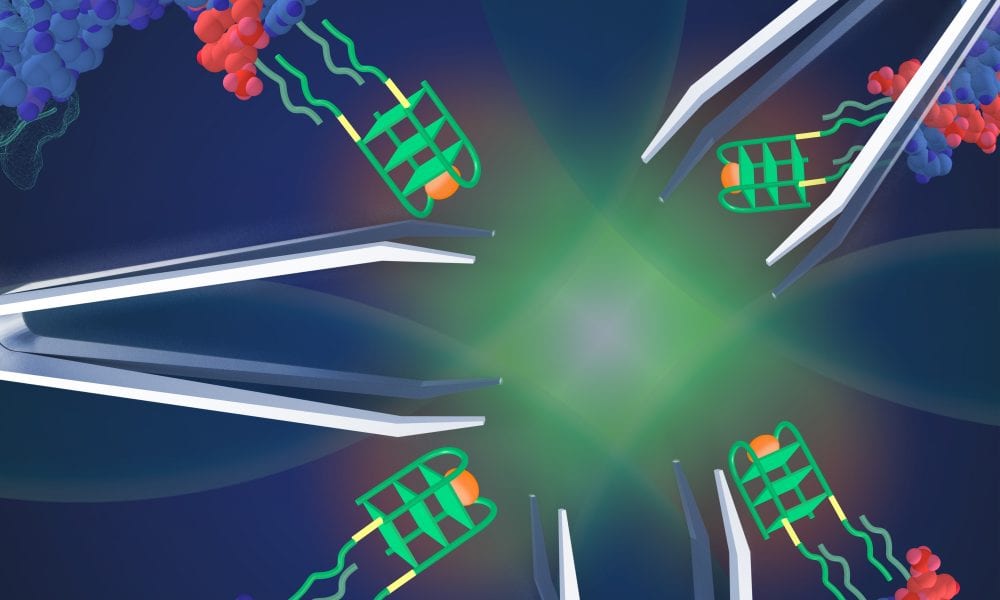
The first issue of Advanced Biosystems highlights retinal implants, DNA nanotweezers, and living diodes.
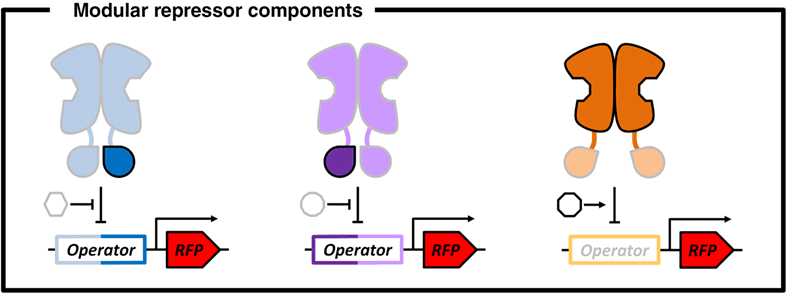
The control of gene expression is an important tool for metabolic engineering, the design of synthetic gene networks, gene-function analysis, and protein manufacturing. This review article discusses the potential of the modular design of novel regulatory proteins fashioned after the topology and mechanochemical properties of the lactose repressor.

An introduction to the mechanisms governing internalization and trafficking in cells; and a discussion of methods to detect endosomal escape and recent advances in controlling endosomal escape from polymer- and lipid-based nanoparticles are presented in this recent Review.